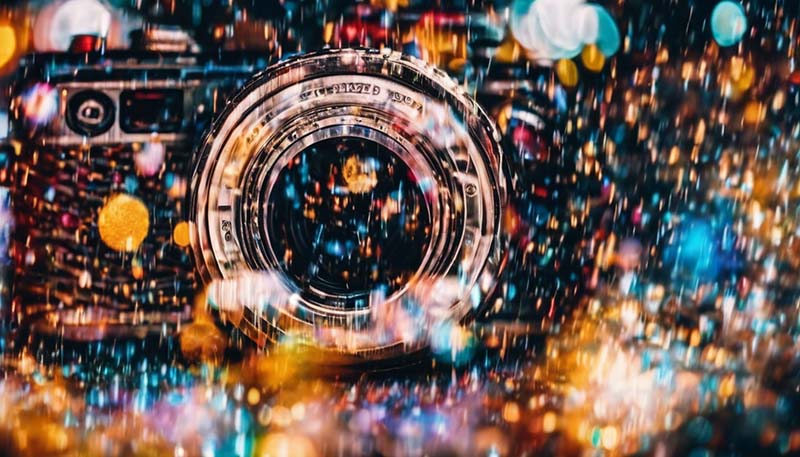The Impact of Social Media on the Art World
Here is a possible article with the title \"The Impact of Social Media on the Art World\":
---
**The Impact of Social Media on the Art World**
Social media has transformed the way we communicate, share information, and connect with others. It has also had a profound impact on the art world, changing the way artists create, promote, and sell their work, and how audiences discover and engage with art. In this article, we will explore the various ways in which social media has influenced the art world and consider the implications of these changes for the future of art.
**1. Democratizing Access to Art**
One of the most significant ways in which social media has impacted the art world is by democratizing access to art. Traditionally, the art world has been dominated by a small group of galleries, museums, and collectors, who controlled the channels through which art was exhibited and sold. However, social media has enabled artists to bypass these gatekeepers and reach a global audience directly.
By creating profiles on platforms like Instagram, Facebook, and Twitter, artists can showcase their work to a vast and diverse audience, regardless of their location or social status. This has led to a more inclusive and diverse art world, where artists from different backgrounds and cultures can gain exposure and recognition.
Advertisement
**2. Changing the Way Art is Created and Consumed**
Social media has also changed the way art is created and consumed. The instant feedback and engagement provided by social media platforms has encouraged artists to experiment with new styles, techniques, and materials. They can also use social media to collaborate with other artists, share ideas, and gain inspiration from their peers.
At the same time, social media has transformed the way audiences engage with art. Instead of passively viewing art in a gallery or museum, audiences can interact with it in real-time, leaving comments, sharing posts, and participating in discussions. This has created a more dynamic and participatory art world, where artists and audiences can engage in a dialogue and co-create meaning.
**3. Expanding the Reach of Art**
Social media has also expanded the reach of art, making it more accessible and affordable for a wider audience. Traditionally, art has been a luxury item, available only to a select few. However, social media has made it possible for anyone with an internet connection to view and appreciate art from around the world.
Furthermore, social media has enabled artists to sell their work directly to audiences, bypassing the traditional art market and its associated costs. This has made art more affordable and accessible, democratizing the art world and making it more inclusive.
**4. Fostering Community and Collaboration**
Finally, social media has fostered a sense of community and collaboration within the art world. Artists can connect with each other, share ideas and inspiration, and collaborate on projects. They can also engage with audiences, solicit feedback, and build relationships.
This sense of community and collaboration has been particularly important for emerging and underrepresented artists, who may have difficulty gaining exposure and recognition through traditional channels. Social media has provided a platform for these artists to showcase their work, build a following, and gain recognition.
**Conclusion**
In conclusion, social media has had a profound impact on the art world, democratizing access to art, changing the way art is created and consumed, expanding its reach, and fostering community and collaboration. While there are challenges and concerns associated with social media, such as the potential for misinformation and the commodification of art, its benefits for the art world are undeniable.
As the art world continues to evolve in response to social media, it will be important for artists, audiences, and institutions to navigate these changes thoughtfully and responsibly. By doing so, they can harness the power of social media to create a more inclusive, dynamic, and participatory art world that benefits everyone.

Comments